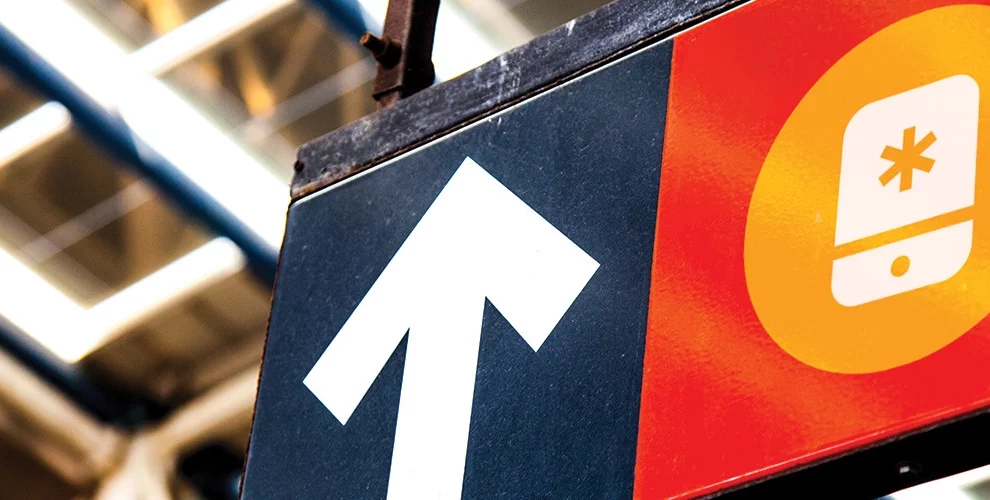Using artificial intelligence, establishing interoperability with the electronic health record, and gathering data from remote patient monitoring devices can all improve patient care for care teams.
While remote patient monitoring is not new, there are now a lot of new applications and opportunities made possible by advancements in data transfer and device technology. Patients can now have continuous home or mobile monitoring of their vital signs, such as blood pressure, heart rate, weight, glucose levels, and blood oxygen levels, using RPM and Internet of Medical Things (IoMT) devices.
Compared to traditional care models, where a patient visits a healthcare institution and data is captured for that one moment in time, this real-time collection of a patient’s health condition is very different. A single heart rate reading, for instance, will be obtained during a visit to the doctor, but a remote heart rate sensor can record hundreds or even thousands.
Although the concept of remote patient monitoring is not new, recent developments in data transfer and device technology have opened up a wide range of new uses and prospects. With RPM and Internet of Medical Things (IoMT) devices, patients can now receive continuous home or mobile monitoring of their vital signs, including blood pressure, heart rate, weight, glucose levels, and blood oxygen levels.
This real-time gathering of a patient’s health condition is fundamentally different from traditional care models, when a patient enters a healthcare facility and data is gathered for that one moment in time. For example, during a visit to the doctor, a single heart rate reading will be taken; whereas, a remote heart rate sensor can record hundreds or even thousands.
RPM solutions are being adopted by more and more independent living and skilled nursing facilities in addition to being used frequently in traditional acute care after discharge to track recovery and more and more in chronic care management. Using a personalized medicine approach in a long-term care facility enables the care team to make treatment decisions—like adjusting medication dosage or altering rehabilitation schedules—more quickly.
RPM will be crucial to overall patient welfare as reimbursement for care goes beyond episodic care. Care teams will have never-before-seen insights into the general health of their patients when IoMT devices and sensors are combined.
Healthcare companies need to prioritize data maturity and electronic health record interoperability in order to support RPM strategy. Here are some things to keep in mind as health systems start to deploy RPM solutions and gather patient-generated data more extensively.
Supporting RPM Initiatives and Preventive Care with AI and Interoperability
The amount of data in healthcare is rising as a result of the ability to gather patient data continuously. Nevertheless, these bigger data sets cannot be effectively interpreted by the EHR systems that are now in use. Thousands of heart rate data points are too many for a nurse or doctor to process in order to diagnose an issue. Furthermore, information is scattered among numerous systems, necessitating care teams to look for hints in order to assist their patients. Personalized care can only be achieved by combining data. Organizations require a new data paradigm to help care teams process this data.
It is not sufficient to just enter all of that data to the EHR and hope that doctors will use it.
When a patient’s health status significantly changes, the care team can be informed and able to act faster thanks to the integration of AI and data analytics tools with RPM. Furthermore, data analytics can identify minute changes more quickly, enabling more proactive treatment before diseases worsen.
Having more time to concentrate on patient care and engagement is another advantage of this integration for clinicians. Because they don’t have to spend time going through patient data that could be automatically processed, clinicians can make judgments more rapidly.
While AI can analyze hundreds or even thousands of factors at once, the human mind is limited in how many variables it can process at once. An AI system may swiftly identify patterns by analyzing test results, vital signs, and socioeconomic determinants of health. This can save time, money, and lives. As it begins to draw links between these various factors and patient outcomes, machine learning enters the picture.
While AI is a great complement to IoMT and RPM, healthcare providers won’t use AI to its full potential if the data they gather isn’t meaningfully analyzed by data scientists to produce insights that can reduce costs and improve quality of care.
How Technology Partners Can Help Adoption of RPM
In order to use the data for personalized and predictive care, healthcare organizations must have data governance and storage procedures in place before they start to adopt or scale RPM and IoMT.
To support your new initiatives, a technology partner with a wealth of healthcare knowledge may collaborate with clinical and IT professionals to establish governance strategies.
With the tools at its disposal, CDW can assist healthcare organizations in identifying their sources of truth, locating suitable technology partners, and developing data collecting and storage strategies.
Our healthcare strategists have been in the industry for a long time. They are drawn from various healthcare delivery systems, including large ones, post-acute and senior care organizations, and regional health systems. The people, procedures, and technology will all be made sure to meet the objectives and needs of the company by CDW strategists. It’s critical to collaborate with individuals who comprehend the many kinds of healthcare organizations, the most recent developments in healthcare IT, and strategies for future readiness in healthcare companies.
































